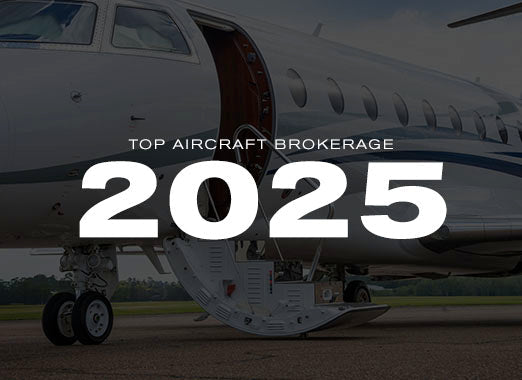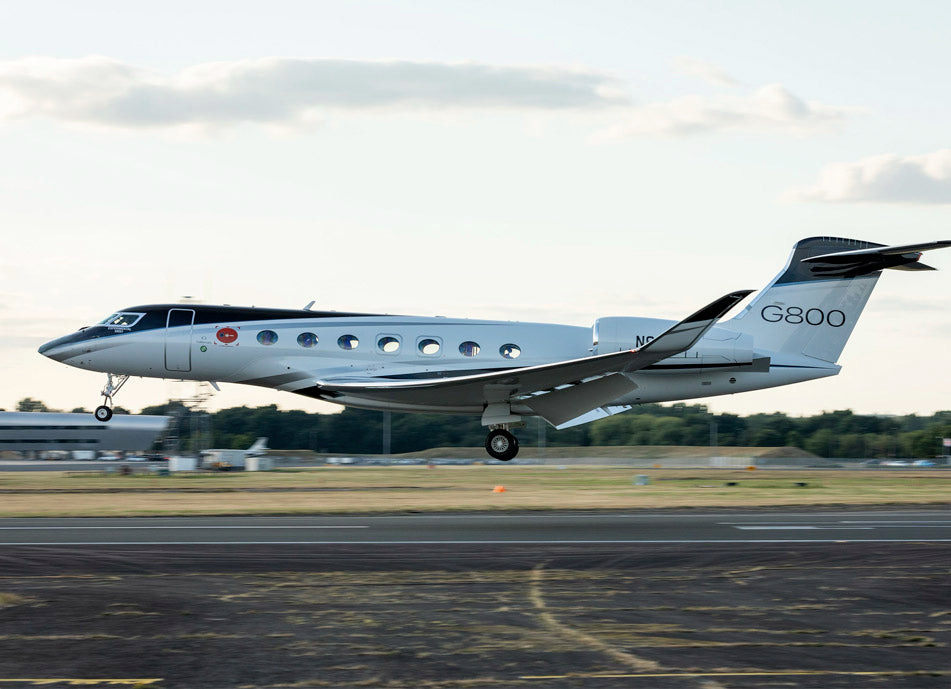OLATHE, Kan.—May 30, 2025—Garmin has introduced SmartCharts, a data-driven charting layer inside the Garmin Pilot app that pares traditional approach plates down to the essentials, updating key figures such as minima and crossing altitudes in real time as the pilot changes aircraft category, approach type, or altimeter source.

Data first, graphics second
Unlike static PDFs, SmartCharts are rendered from Garmin’s aeronautical database. That allows the software to hide or reveal fixes, legs, and notes according to the phase of flight, leaving only the active route in view. “The goal is to remove the mental math and let pilots see one answer, not a table of possibilities,” a company spokesperson said.
Geo-referenced profile view
In what Garmin calls an industry first, the vertical profile is geo-referenced: the aircraft symbol slides along the glidepath graphic as altitude changes, giving an immediate check of terrain clearance and step-down fixes without a head-down scan of multiple screens.
One-tap briefings
Dedicated Brief, COMs, and Missed buttons surface frequency blocks and procedure notes that are often missed on crowded plates, streamlining the pre-approach briefing and reducing the likelihood of overlooked restrictions.
Pricing and rollout
SmartCharts is available now to U.S. and Bahamian users with a Garmin Pilot Premium subscription for iOS; standard-tier users can upgrade, and a 30-day free trial is offered to new customers. Garmin has not announced a timeline for Android or international coverage beyond North America and the Caribbean.
What’s next | Company engineers say the same data architecture could support future features such as automatic RNAV visual overlays and voice-alerted crossing-altitude checks, though no release dates have been set.




